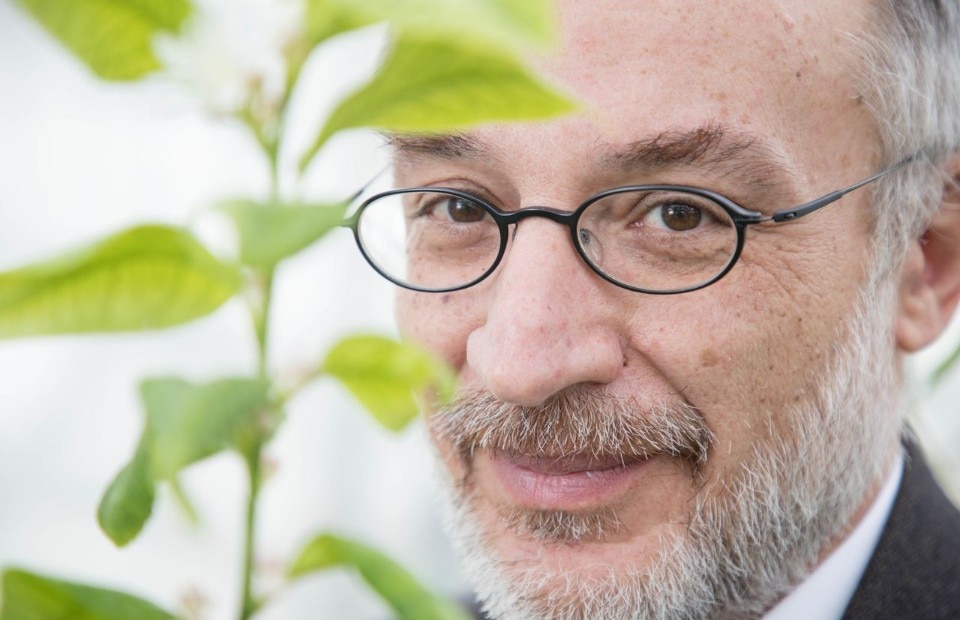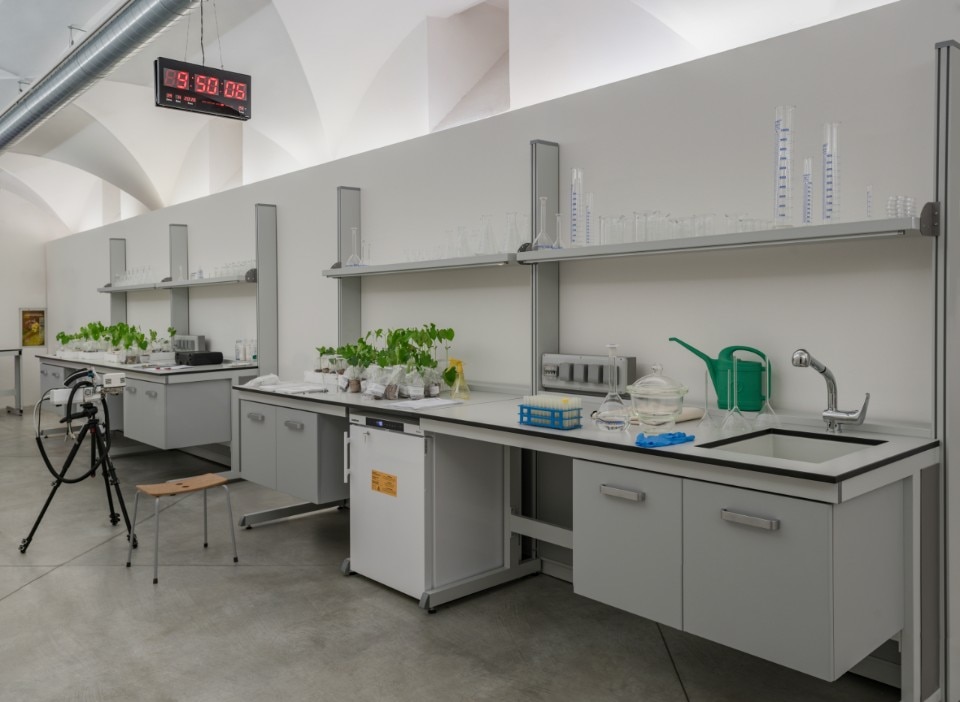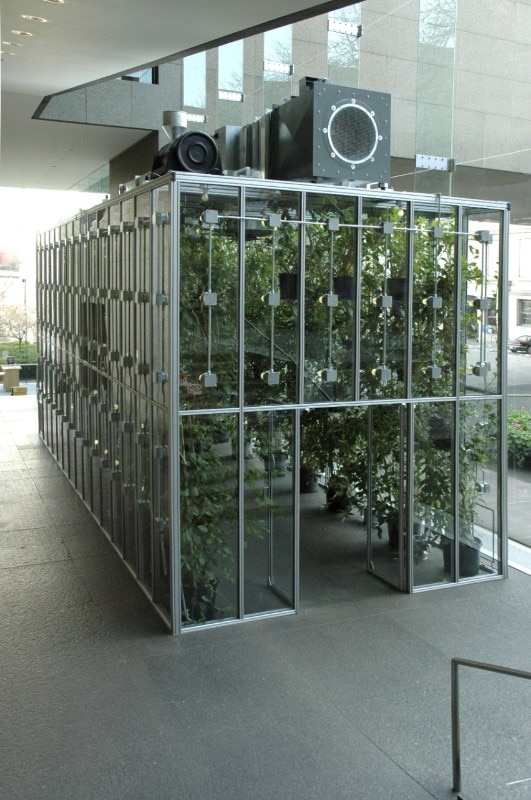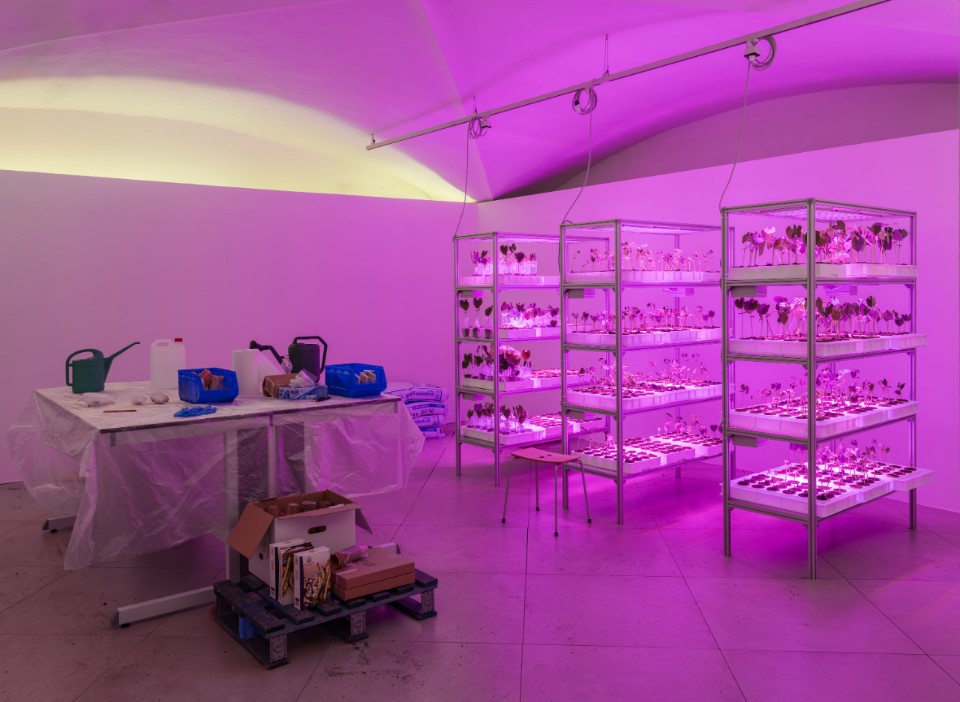Broken Nature - the highly anticipated twenty-second edition of the Triennale di Milano curated by Paola Antonelli – will take place from March 1st to September 1st 2019 in the city of Milan and will consist of a thematic exhibition and numerous national pavilions. Among them will also be the most populous nation of our planet: that of plants. What do we know about them? What are they exactly? Can they help us design better?
The exhibition “The Nation of Plants”, curated by the Italian neurobiologist and author Stefano Mancuso – whose research focuses on the intelligence of the vegetal world – will try to provide some answers to these questions, showing how much we humans could gain from the understanding of plants, both from a design and a societal perspective.
We interviewed Mancuso to learn more regarding the themes he investigates in his work and how he will showcase them in the exhibition.
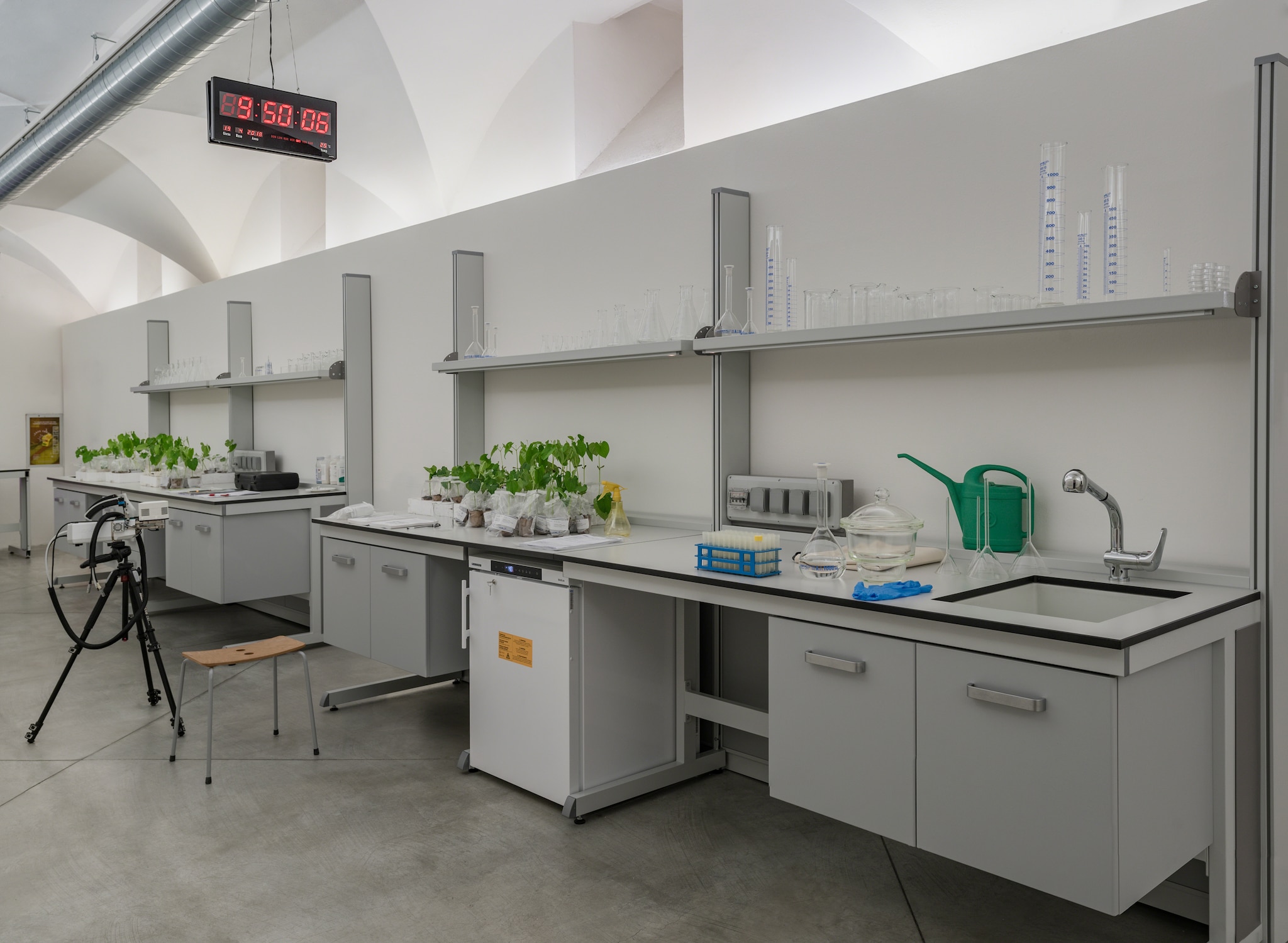
What shall we expect from “The Nation of Plants”? Which is the curatorial approach that you are developing?
"The Nation of Plants" is above all an attempt to make people understand what plants really are. In fact, most of what we think about them is completely wrong. We are convinced that they are passive beings, incapable of doing anything; that they have only an aesthetic function and at most some alimentary utility; we always see them as means and objects and never as living beings.
The exhibition will then tell how plants work: how they are made; why they are different from animals; what kind of organization they respond to and how their organization is widespread, deconcentrated and distributed, unlike the hierarchical and centralized one of animals. It will allow us to contextualize their properties and capabilities, making us understand how modern plants are.
Think of the technologies we – as humans – have developed recently, from the internet to the blockchain and cryptocurrencies: they are all based on decentralization and distribution. The future is inevitably linked to these characteristics; in fact, an organization that does not have a single fundamental centre cannot be arrested and is destined inevitably to grow and prosper.
Why a nation for plants?
We built it like a paradox. The XXII edition of the Triennale di Milano will see the participation of many nations, each with a dedicated pavilion that shall demonstrate their technological, intellectual and philosophical progress. We have therefore decided to consider plants as a state in its own right that will present itself with its own system of values and skills.
The exhibition will then tell how plants work: how they are made, why they are different from animals, what kind of organization they respond to, and how their organization is widespread, deconcentrated and distributed
In the past months, you have set up various interactive and experimental installations - such as “The Florence Experiment” (Florence, 2018) and “Botanica” (Italy, 2017) - that enabled visitors to learn more about plants. Shall we expect similar installations in Milan next year?
“The Florence Experiment” was a test [very successful, seen the approximately 60,000 viewers, Ed[ to unite art and science. The idea was to bring together two sides of the same coin that for some strange reason were separated a few centuries ago. Nowadays we are understanding the importance of the meeting of these two elements; they must not, in fact, exclude each other.
But with “The Nation of Plants” we will try something different. We want to present a nation that does not exist; a nation with its constitution and laws, which works differently from other states because it belongs only to plants. It is a metaphor and it is an attempt to imagine what a human nation inspired by the plant world could look like.
What are then the suggestions from the “Nation of Plants” that we should take into consideration as human beings?
Plants are and could be even more a model for our future. In the exhibition, we will explore how they can be a model to be imitated in terms of organization, materials, energy, social relationships and communication.
How do you relate to “Broken Nature”, the theme of the XXII edition of the Triennale di Milano? Do you consider Nature has been broken?
Nature has not been completely destroyed, but it is certainly damaged. Still, we must bear in mind that when we talk about our destruction of the planet, as usual, we humans are very presumptuous. Once again we put ourselves at the centre of the discourse: what worries us is our own disappearance. It is true, there is a strong chance that we will go extinct, but we can rest assured that the nature and the lives of this planet will survive us.
There is a beautiful book called “The world without us” [Alan Weisman, 2007], in which the author narrates what could happen in our absence: after a few million years there would no longer be any trace of us; plants and animals would come back to live peacefully.
So even if we are wounding it, the Earth will not let itself be destroyed irrevocably by us!

The future of cooking, according to SMEG
Redefining the home cooking experience is still possible—and the proof lies in SMEG’s oven, which combines multiple functions and reduces cooking times by up to 40%.



